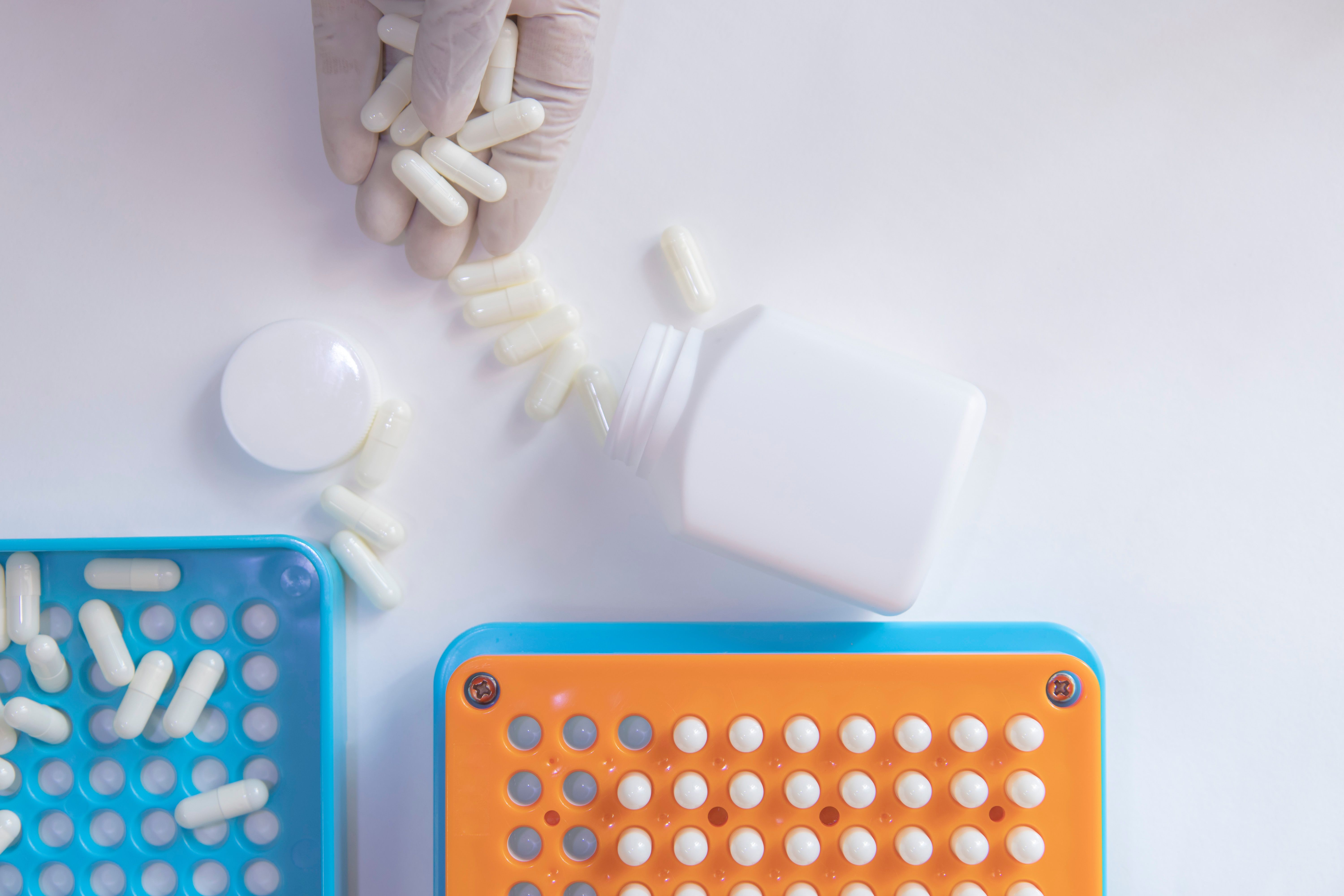Article
Experimental Insulin Formulation Could Improve Blood Glucose Control
Author(s):
Sustained and controllable insulin delivery may improve diabetes care.
New cases of diabetes have been increasing over the past few decades, with the prevalence of obesity growing. In 2016, the World Health Organization reported that there were 422 million individuals with diabetes.
Besides improving dietary and exercise habits, insulin is an important aspect of diabetes treatment that can prevent disease progression. Insulin delivery devices have been created to monitor and automatically administer insulin to patients, which may improve blood glucose control compared with standard methods of finger sticking and injecting insulin.
However, sometimes traditional methods of insulin delivery do not control blood glucose levels well. Thus far, there have not been many efforts to develop new insulin formulations to improve insulin delivery.
Scientists recently started to experiment with polyethylene glycol (PEG) modification (PEGylation) of protein drugs through host-guest interaction between cyclodextrin (CyD) and adamantine to improve insulin with technology called SPRA.
In a new study published by Carbohydrate Polymers, the investigators combined SPRA technology with polypseudorotaxane (PPRX) technology, which controls insulin release. This combination of SPRA-PPRX technology was combined into a novel insulin release system.
The authors created 4 types of SPRA-insulin/CyD PPRXs: mono-SPRA-insulin/alpha-CyD, mono-SPRA-insulin/gamma-CyD, multi-SPRA-insulin/alpha-CyD, and multi-SPRA-insulin/gamma-CyD PPRX.
The study authors said that alpha-CyDs were discovered to form PPRXs with 1 PEG molecule of SPRA-insulin, while gamma-CyD created this with 2 PEG molecules.
The multi-SPRA-insulin was believed to remain in the blood for an extended period of time. Additionally, the use of various concentrations of CyDs let investigators better control insulin release due to CyD and PEG equillibirum reaction, the study authors wrote.
The effects on blood glucose levels of the insulin with the highest CyD safety profile was examined in rodent models. The investigators tested 116-mg/ml and 232-mg/ml of multi-SPRA-insulin/gamma-CyD PPRX against the control multi-SPRA insulin.
"We found that 232 mg/ml gamma-CyD PPRX provided for a longer blood glucose reduction time than the 116 mg/ml PPRX and the control. This is quite important since it shows that both sustained and controlled insulin release can be achieved, which is necessary for the treatment of diabetes," said lead researcher Hidetoshi Arima, PhD. "Furthermore, a blood chemistry safety analysis of creatinine, blood urea nitrogen, aspartate aminotransferase, and alanine aminotransferase were found to be unchanged by the insulin injections. Our SPRA-PPRX injections appear to be a safe and reliable insulin release system."
The authors said that a limitation of the study was that it only used 3 rats per insulin type, which warrants additional studies with higher participation. The study authors plan to combine other types of insulin with gamma-CyD PPRX in the future in the hopes of improving blood glucose control among patients with diabetes, the study concluded.






